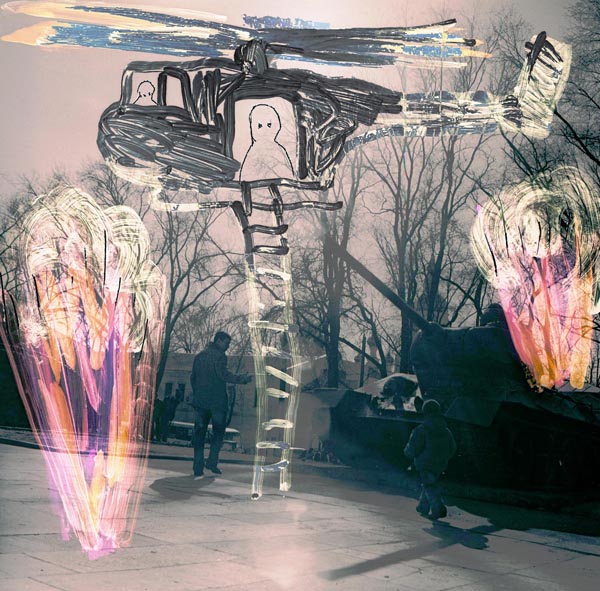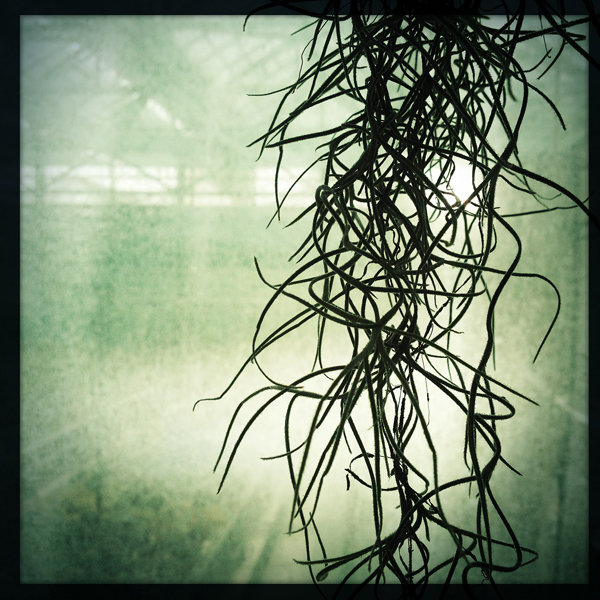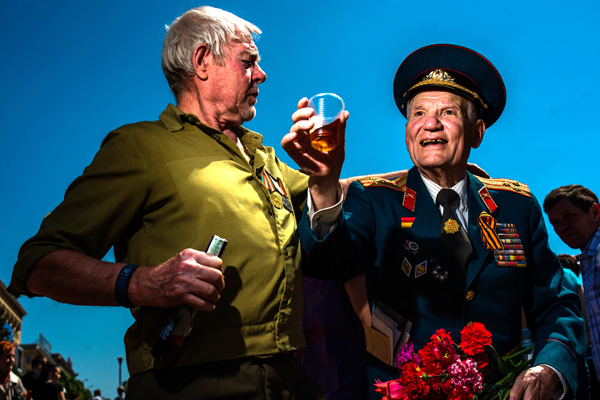Kharkiv School of Photography: Soviet Censorship to New Aesthetics:
Part 3 - Contemporary Photographers Exhibition 2
 © Roman Minin
© Roman Minin
About the Exhibition
The third Exhibition in the Kharkiv School Series addresses contemporary Kharkiv photographers.
To represent the broad expanse of work by contemporary photographers we have divided the third Kharkiv School exhibitions into two parts.
 Part one presents the work of photographers who have persisted from the 1970s. 80s and 90s. We recommend to the viewer that you return to the first and second exhibitions (see the menu on the left of this page) to ground yourself in the work of these photographers. Let us keep in mind that it was these photographers, especially the founders of the Kharkiv School, that resisted soviet ideological constraints in the Ukraine and struggled together to pursue their vision and to speak loudly. For many they faced real and potential threats and harm from the authorities in the form of the KGB, party officials, etc..
Part one presents the work of photographers who have persisted from the 1970s. 80s and 90s. We recommend to the viewer that you return to the first and second exhibitions (see the menu on the left of this page) to ground yourself in the work of these photographers. Let us keep in mind that it was these photographers, especially the founders of the Kharkiv School, that resisted soviet ideological constraints in the Ukraine and struggled together to pursue their vision and to speak loudly. For many they faced real and potential threats and harm from the authorities in the form of the KGB, party officials, etc..
Their struggles to develop their own visual language, and in many cases a discourse that was critical of soviet rule and ideological and aesthetic restraints. provided the ground work for expressive visualization in photographic form. This foundation attracted and influenced photographers in the 1990s and provided a historical framework for contemporary photography in Ukraine.
Even though this series of exhibitions on the Kharkiv School focused on eastern Ukraine, the energy and focus of the school has spread beyond the borders of Ukraine. (image: © Gera Artemova)
Part two continues where part one paused.
Contemporary photographers and artist presented in part two started their artistic careers after the year 2000 and worked off the "backs" of their predecessors. There are historical references or markers that influence and inform the work of current image makers. The language employed to explore concepts about their relationship to their external world may be better understood as an "evolution of thought and perception". Least we forget that the Kharkiv School of photography was a aesthetic concept and not a physical school.
For those viewers not grounded in eastern European history and the struggles of artist, photographers, and filmmakers to have a voice, the VASA set of exhibitions, essays,and video interviews on the Kharkiv School of Photography provides a portal to an exciting time of exploration, visualization, resistance, and shouting.
The Three Exhibitions
The aim of Kharkiv School of Photography: Soviet censorship to new aesthetics’ program of exhibitions is to provide a historical awareness of the emergence and the ideological and aesthetic development of the Kharkiv School of Photography from late Soviet (1970's – mid 1980's) to post-Soviet (mid 1980's – 1990's and 2000's) periods.
The Kharkiv School’s achievements, with an exception of two or three individuals, are not well-known internationally. This three-part exhibition provides a curatorial and critical platform for a program of online and physical exhibitions, educating and engaging the audience with the history and achievements of Kharkiv School of Photography, formed in the city of Kharkiv (Kharkov), Ukraine.
This three-part exhibition is designed to bring to light the role and the aesthetic achievement of Kharkiv photography. It exhibited online and on-site the work, interviews, videos, and other documents to illustrate the evolution of the Kharkiv School of Photography, the artists’ struggle for their freedom of expression, and contemporary art photography movements in Ukraine. (image © Roman Pyatkovka)
Kharkiv School of Photography
In early 1970's, resisting the aesthetic criteria imposed by the socialist realism doctrine, eight photographers in Kharkiv, created complex images free from predetermined ideological prescriptions. Joining efforts in fighting the Soviet aesthetic canon they formed the Vremya group (Anatoly Makienko, Oleg Malevany, Boris Mikhailov, Eugeny Pavlov, Juri Rupin, Alexandr Sitnichenko, Alexandr Suprun, Guennadi Tubalev). For 15 Soviet years, despite censorship and persecution by all sorts of ideological watchdogs, official art critics to the KGB who would search their darkrooms and apartments, and despite the closing of exhibitions, the artists managed to secretly create new art and exhibit it.
 This underground artistic movement gave life to a new avant-garde aesthetics in photography which was taken further during the Perestroyka years (1986 - 1991) when ideological barriers were gradually dropped. A new generation of photographers (the Gosprom group - Sergey Bratkov, Igor Manko, Guennadi Maslov, Konstantin Melnik, Misha Pedan, Leonid Pesin, Boris Redko, Vladimir Starko, as well as non-aligned artists Andrey Avdeyenko, Igor Chursin, Igor Karpenko, Victor Kochetov, Roman Pyatkovka, Sergey Solonsky and others) adopted and further developed the new aesthetics, thus postulating the emergence of a school with common goals and shared principles. (image: © Igor Chekachkov)
This underground artistic movement gave life to a new avant-garde aesthetics in photography which was taken further during the Perestroyka years (1986 - 1991) when ideological barriers were gradually dropped. A new generation of photographers (the Gosprom group - Sergey Bratkov, Igor Manko, Guennadi Maslov, Konstantin Melnik, Misha Pedan, Leonid Pesin, Boris Redko, Vladimir Starko, as well as non-aligned artists Andrey Avdeyenko, Igor Chursin, Igor Karpenko, Victor Kochetov, Roman Pyatkovka, Sergey Solonsky and others) adopted and further developed the new aesthetics, thus postulating the emergence of a school with common goals and shared principles. (image: © Igor Chekachkov)
The uniqueness of this phenomenon lies in the fact that, unlike other artistic communities of the USSR, the Kharkiv School of Photography was not mirroring Western aesthetical trends. Rather, it developed its own visual language based upon the Soviet realia, and incorporated itself into the evolution of the Soviet avant-guard. John P. Jacobs in After Raskolnikov: Russian Photography Today* wrote: “In fact, only in Kharkov, under the guidance of Boris Mikhailov, did photographic conceptualism actually flourish in Russia. Until (…) 1990 (…) photographers throughout the USSR, including Moscow, remained hostile to the union of photography with conceptualism.”
The 2000's showed further dissemination of Kharkiv School ideas. In 2010 the Ukrainian Photographic Alternative (UPhA) Association was formed to bring artists together from all over the Ukraine in an effort to withstand the onslaught of traditional tastes found in the National Photography Union. Misha Pedan and Roman Pyatkovka, the Kharkiv School 'second generation' photographers, are among UPhA's founders and coordinators. A number of younger emerging artists, both from Kharkiv and other regions of Ukraine, use this aesthetic context as a springboard in their artistic research, continuing the traditions of Kharkiv photography today.
* Art Journal, Vol. 53, No. 2 (Summer, 1994), p. 22-27
We welcome your comments. VASA Exhibitions are the result of various curators, artist, and photographers.